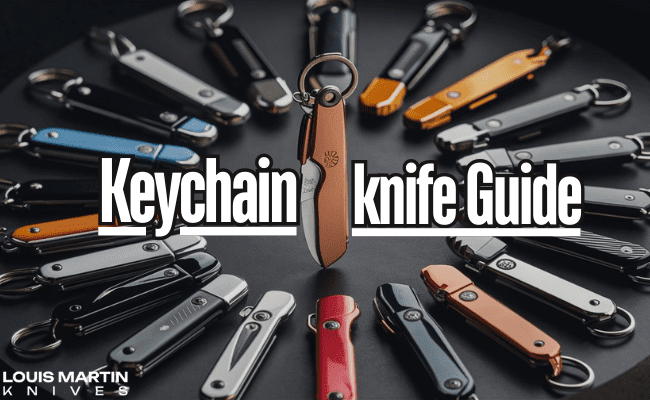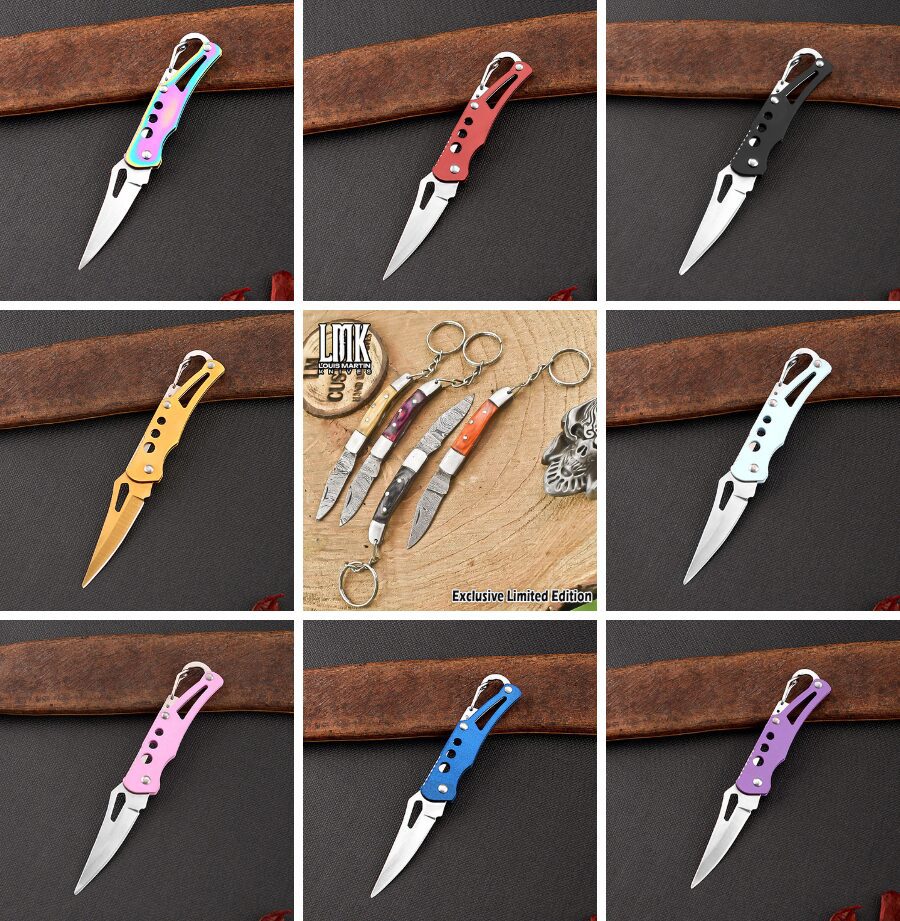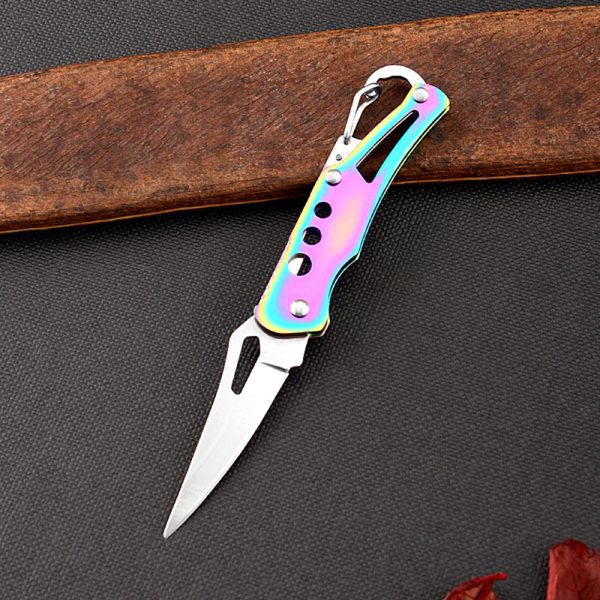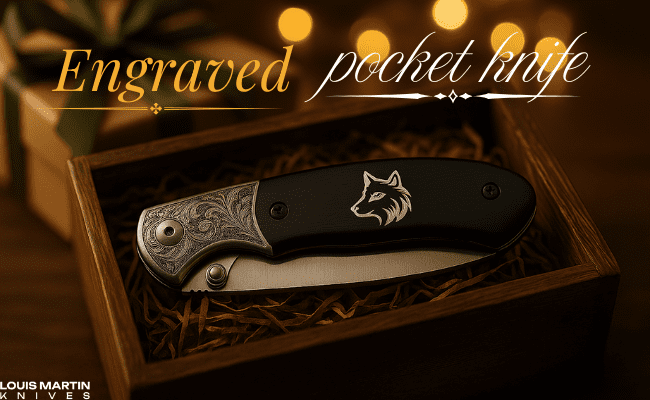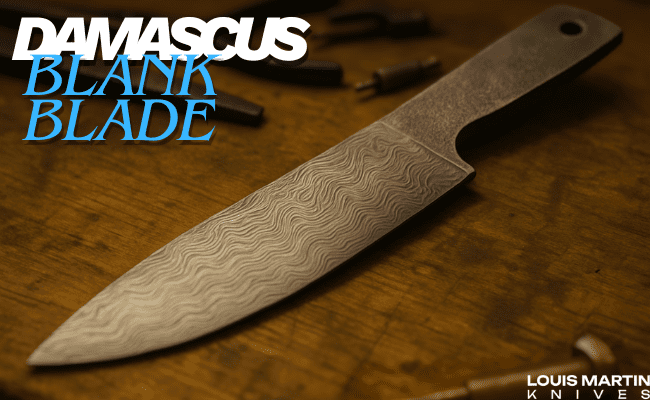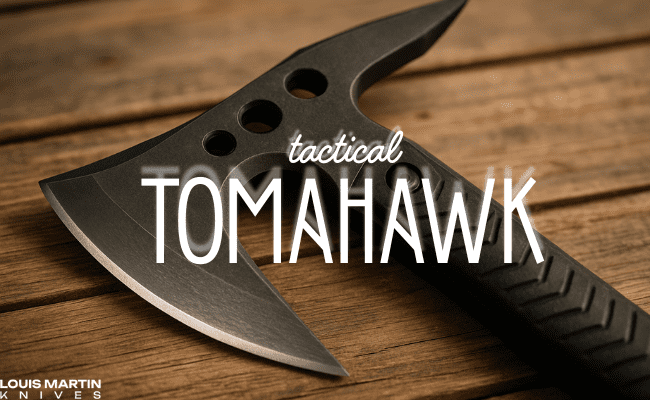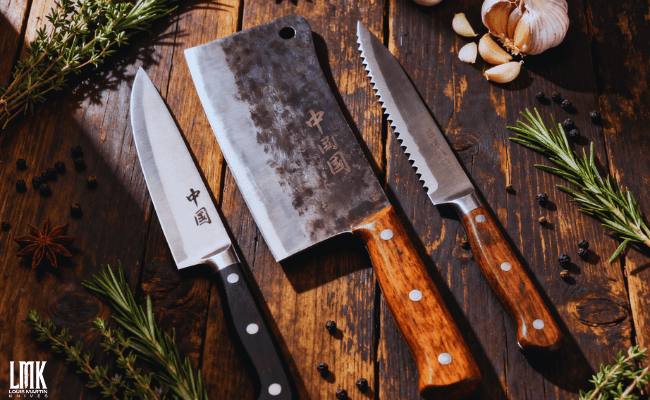The keychain knife is an unrecognized champion here. It’s there for you when a package needs opening, a rope needs cutting, or for intricate tasks where bigger knives just won’t do. A top-notch keychain knife is a trustworthy partner. But like all tools, it needs routine care for it to work at its best. In our thorough guide, we’re showing you why it’s crucial to look after your Custom knife. We’re sharing tips and creative ways to get the most out of it.
Types of Keychain Knives
Understanding the various types of keychain knives is crucial for proper maintenance. Each type has unique characteristics and maintenance needs.
Folding Knives
Folding knives are favored due to their small, safe structure. They retract into the grip, safeguarding the edge while making it convenient to tote. Looking after them centers on caring for the edge and its folding system.
Multi-tool Keychain Knives
Multi-tool keychain knives combine several tools in one compact device, such as scissors, screwdrivers, and bottle openers. Maintaining these knives involves caring for each tool and ensuring the folding mechanism works smoothly.
Fixed Blade Keychain Knives
Fixed-blade keychain knives are sturdy and reliable, offering no moving parts to worry about. Maintenance is straightforward, primarily focusing on the blade and handle.
Cleaning Your Keychain Knife
Regular cleaning is vital for the best keychain knife. A clean knife not only performs better but also lasts longer.
A. Basic Cleaning Supplies
Before starting, gather these supplies:
- Mild soap and water
- Soft cloths or brushes
B. Step-by-Step Cleaning Process
- Disassembling (if applicable): For folding or multi-tool knives, disassemble them according to the manufacturer’s instructions.
- Washing the Blade and Handle: Use mild soap and water to clean the blade and handle. Avoid harsh chemicals that could damage the materials.
- Drying and Reassembly: Thoroughly dry each part to prevent rust. Reassemble the knife carefully.
C. Deep Cleaning Tips
- Removing Rust: Use a rust eraser or a mixture of baking soda and water to gently scrub away rust.
- Handling Stubborn Stains: Apply a small amount of white vinegar or lemon juice to the stain, then wipe clean with a cloth.
Lubrication and Rust Prevention
Lubrication is crucial for folding and multi-tool knives to ensure smooth operation and prevent rust.
A. Choosing the Right Lubricant
- Types of Lubricants: Silicone-based lubricants and light machine oil are ideal.
- Application Methods: Use a dropper or a small brush for precise application.
B. Applying Lubrication
- Lubricating the Pivot Points: Apply a small amount of lubricant to the pivot points and joints.
- Ensuring Smooth Operation: Work the knife open and close several times to distribute the lubricant evenly.
C. Preventing Rust
- Smart Storage Tips: Keep the knife in a place that’s dry and cool to stop moisture from gathering.
2. Rust Preventive Measures: Brush on a light covering of protective oil to the blade to keep rust at bay.
Storing Your Keychain Knife
Proper storage is key to maintaining the best keychain knife.
A. Everyday Storage Tips
- Avoiding Moisture and Humidity: Store the knife in a dry environment to prevent rust.
- Using Sheaths or Covers: Protect the blade with a sheath or cover to prevent accidental damage.
B. Long-term Storage Solutions
- Storage Containers: Use airtight containers to protect the knife from environmental factors.
- Environmental Controls: Maintain a stable temperature and humidity level in the storage area.
Safety Tips
Ensuring safety while using your keychain knife is paramount.
A. Handling Your Keychain Knife Safely
- Proper Opening and Closing: Always open and close the knife with care, avoiding quick or forceful movements.
- Safe Cutting Techniques: Cut away from your body and keep your fingers clear of the blade’s path.
B. Childproofing Your Keychain Knife
- Safety Mechanisms: Engage any built-in safety locks when not in use.
- Educating Young Users: Teach children the importance of knife safety and proper handling.
Common Mistakes to Avoid
Avoid these common mistakes to ensure your best keychain knife remains in top condition.
- Using the Knife for Inappropriate Tasks: Stick to tasks the knife is designed for to prevent damage.
- Overlooking Regular Upkeep: Always pay attention to maintenance, neglect of this might cause functionality problems.
Mistakes in Cleaning & Keeping: Be certain to clean and store your knife well to stop rust and damage from happening.
Conclusion
Keeping your keychain knife in good shape is key to its long life and effectiveness. Make a habit of regular clean-ups, honing, oiling, and storing it rightly to ensure your top-notch tiny knife stays a handy tool for daily tasks. Blend in clever tricks and concepts with your pocket knife to stretch its usefulness. By sticking to this manual, your keychain folding knife stays primed, geared up for any job ahead. Keep in mind, a well-cared-for knife is more than just a tool it’s a dependable partner.
FAQs
Q1: Why is maintaining my keychain knife important?
Regular maintenance ensures your keychain knife stays sharp, safe, and reliable. It extends the life of the knife and ensures it performs well when needed.
Q2: What types of keychain knives are there?
Keychain knives come in various types, including folding knives, multi-tool keychain knives, and fixed-blade keychain knives. Each type has unique features and maintenance needs.
Q3: What are the basic supplies needed for cleaning my keychain knife?
Basic cleaning supplies include mild soap, water, and soft cloths or brushes.
